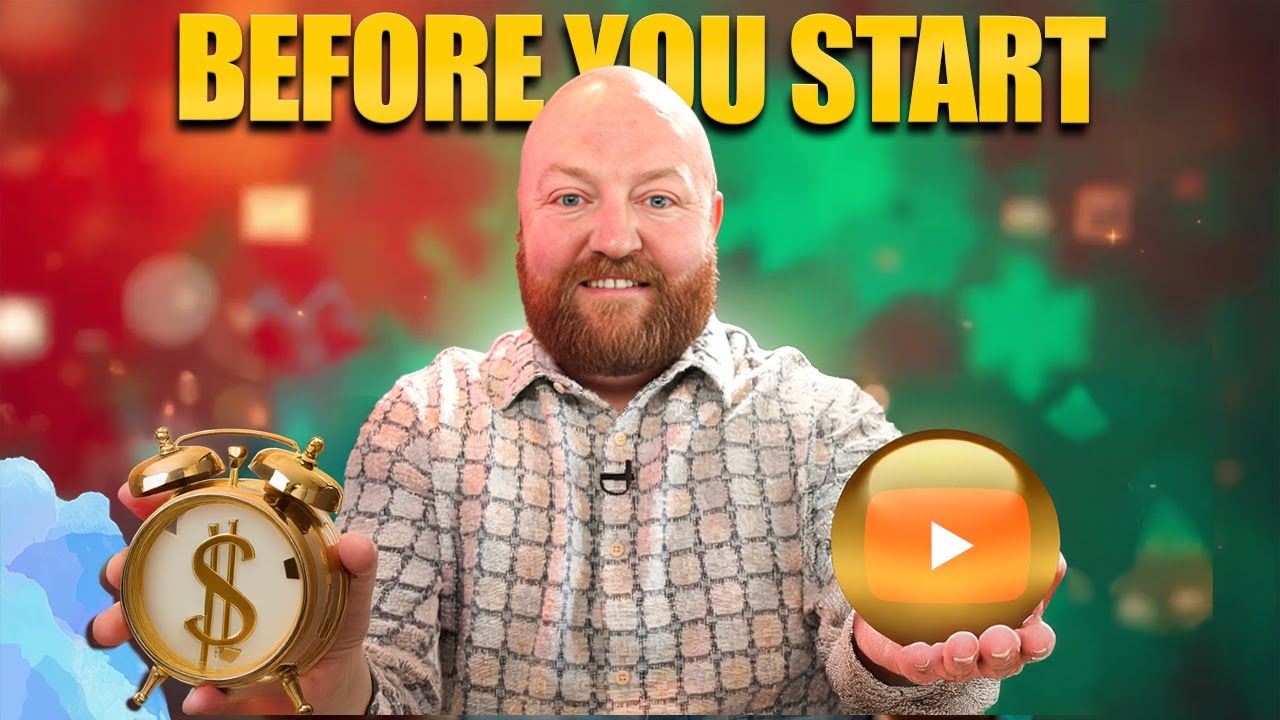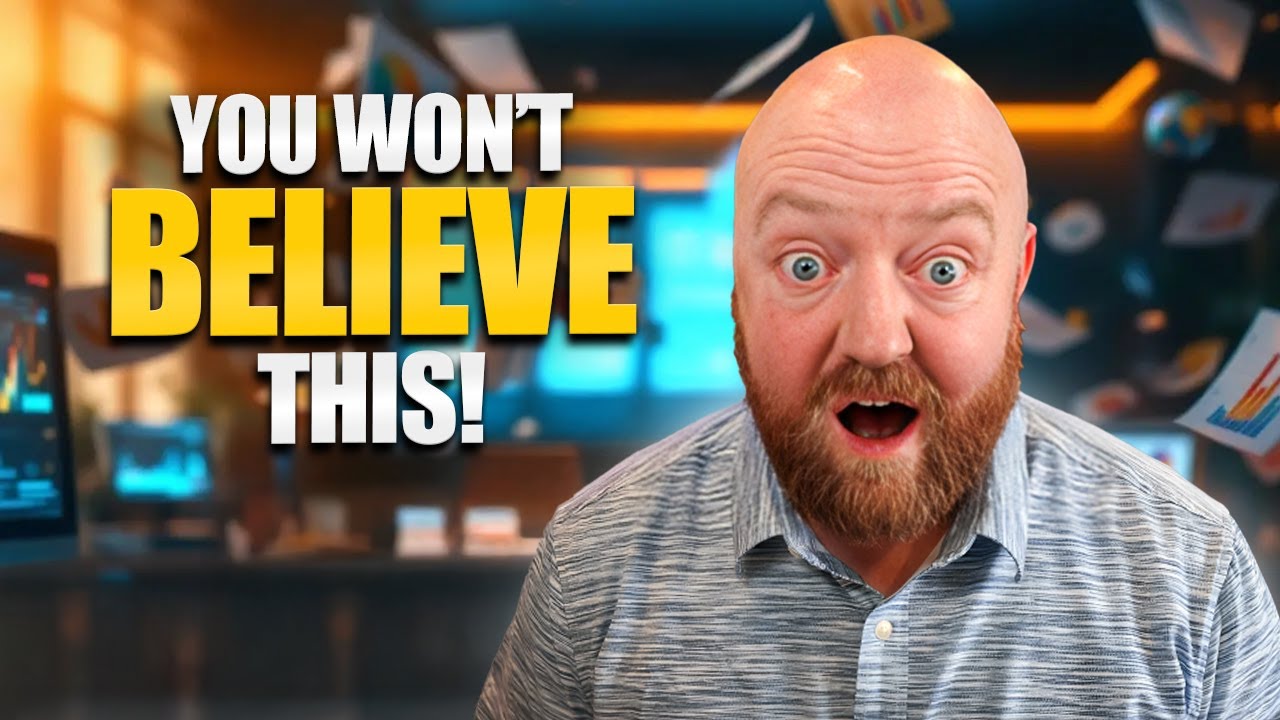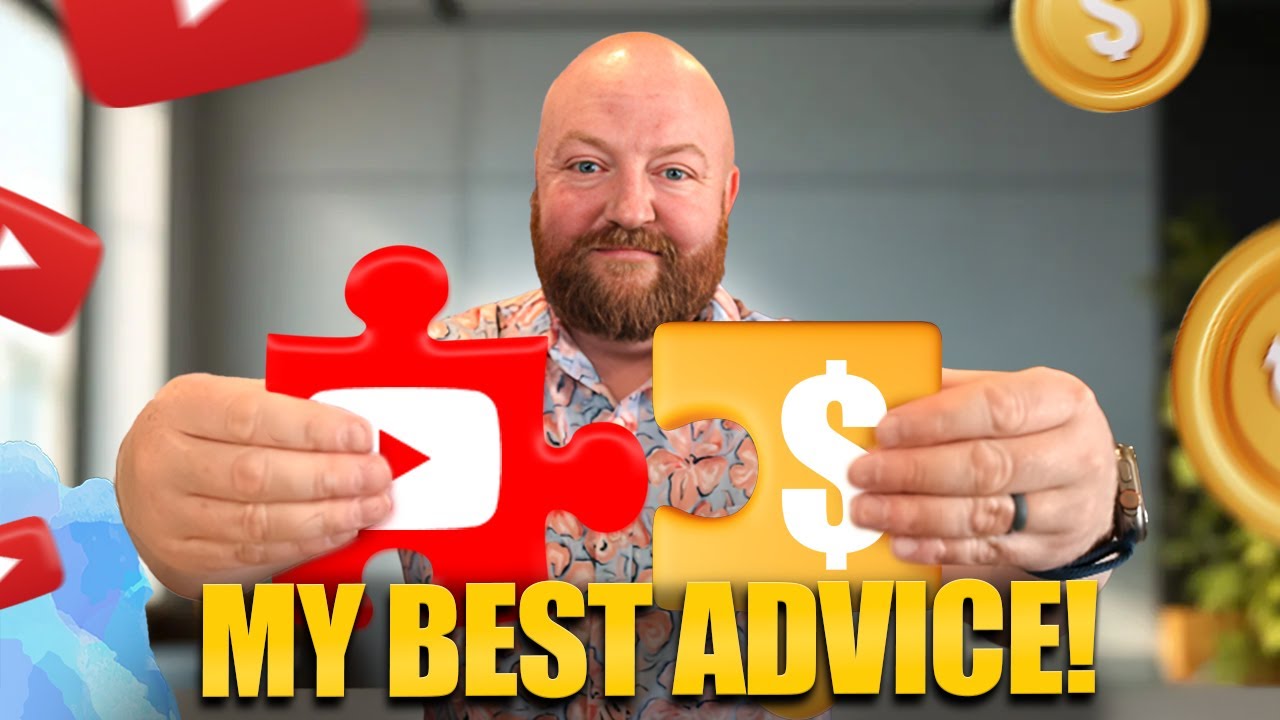Want to keep viewers glued to your YouTube videos? Increasing your average view duration is a key metric for YouTube’s algorithm and ultimately helps your content reach a wider audience. While fancy editing techniques play a small role, the real magic lies in your recording and content structure.
In this episode, we’re diving deep into the 90% of the equation that truly impacts how long people watch your videos. We’ll explore actionable strategies you can implement during recording, how to structure your content for maximum engagement, and how to leverage YouTube analytics to understand viewer behavior.
The Power of YouTube Analytics: Your First Stop
If you’re not seeing the watch time or average view duration you desire, your first point of analysis should be YouTube Analytics. Navigate to your channel’s analytics, then the “Content” tab, and finally select “Videos.”
The “Key Moments for Audience Retention” section is gold. Pay close attention to the “Above Typical Intros” and “Below Typical Intros” reports. This allows you to compare the percentage of viewers still watching after the first 30 seconds across your videos.
Instead of just looking at what successful channels are doing, analyze your own data. Compare your high-performing videos to those with lower retention. What are you doing differently in the initial moments? Identifying these patterns is crucial for improvement.
The Art of the Hook: Captivating Viewers from the Start
Having worked with over 60 different YouTube channels, one of the most consistent areas for improvement is the beginning of the video. The key? Curiosity Hooks.
A curiosity hook is something you say or show in the initial moments that grabs attention, sparks interest, and creates a desire to know more. You need to clearly communicate what viewers can expect from your video and give them a compelling reason to stick around for the entire duration.
Instead of simply listing what you’ll cover, frame it in a way that generates curiosity. For example:
- Instead of: “Today, I’m going to talk about the three steps to bake a perfect cake.”
- Try: “I’m going to share my secret ingredient that takes this cake recipe from good to absolutely incredible.”
- Instead of: “I’ll show you how to fix that leaky faucet.”
- Try: “I made a common mistake when fixing my leaky faucet that actually made it worse. I’ll show you what it was so you can avoid the same headache.”
Another powerful technique is using a benefit hook. Clearly state what the viewer will gain by watching the video until the end. Use the phrase: “By the end of this video, you will…” This forces you to focus on the value proposition for your audience.
Demonstration: The Right Way vs. The Wrong Way
Consider a video about a natural remedy for strep throat.
- The Wrong Way: Jumping straight into listing ingredients and instructions can lose viewers quickly.
- The Right Way: Start by highlighting the reasons why someone might seek an alternative to antibiotics, then tease the three simple ingredients found in most kitchens, explain how to prepare and use the remedy, and finally, share a personal story with a surprising side effect that everyone experiences. This approach builds intrigue and keeps viewers engaged.
Mastering the art of the hook takes practice. Initially, you might need to consciously think about how to frame your content points with curiosity. However, with time, it will become a natural part of your content creation process.
Beyond the Hook: Keeping Engagement Throughout
While a strong intro is vital, maintaining engagement throughout your video is equally important. Here are some strategies to consider:
- Stories: Sharing personal anecdotes or client success stories can create an emotional connection with your audience and make your advice more relatable and memorable. Aim to weave stories into each episode.
- Visuals and Props: Experiment with incorporating visuals beyond just a talking head. Use flip charts, slide presentations (avoiding simply reading off slides!), screenshots, objects, or props to illustrate your points and keep things visually interesting.
- Music: Thoughtfully used background music can enhance the viewing experience and potentially increase retention. Test different types of music and volume levels to see what resonates with your audience.
- B-roll: Utilize B-roll footage to visually demonstrate what you’re talking about. Your own B-roll is generally more effective than stock footage. There are two main types: footage you capture yourself to illustrate your points and purchased stock footage. Showing viewers what you’re explaining can significantly boost engagement.
Understanding AVD by Traffic Source
It’s crucial to recognize that viewers coming from different traffic sources may have different average view durations. YouTube Analytics’ Traffic Source report provides valuable insights into this.
For example, viewers who find your video through Suggested videos or Playlists might watch longer than those who discover it through External searches. Understanding the average view duration for each traffic source can help you tailor your content and promotion strategies accordingly.
What’s the Ideal Video Length?
Now that you have strategies to increase average view duration, you might be wondering about the optimal length for a YouTube video. I’ve dedicated an entire episode to that topic, and I highly recommend you watch it next to get a complete picture.
By focusing on crafting compelling introductions, structuring engaging content, utilizing visuals and stories, and understanding your audience through analytics, you can significantly increase your average view duration and unlock greater success on YouTube.




